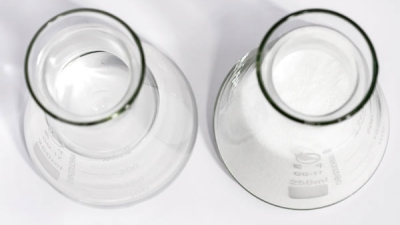Ultimate Checklist for Evaluating Anionic Polyacrylamide Flocculant Pricing and Quality
Table of Contents
- Factors Influencing Anionic Polyacrylamide Pricing: A Comprehensive Analysis
- Key Quality Indicators for Anionic Polyacrylamide Flocculants
- Common Problems in Anionic Polyacrylamide Quality Assessment
- Evaluating Supplier Reputation and Customer Feedback
- Cost-Effectiveness: Balancing Price and Quality in Flocculants
- Understanding Market Trends Impacting Anionic Polyacrylamide Prices
- Unlocking the Potential of Anionic Polyacrylamide: Applications, Benefits, and Best Practices in Modern Industries
- FAQS
- Conclusion
- Related Posts
You know, in today’s fast-changing world of water treatment and industrial stuff, price and quality of Anionic Polyacrylamide Flocculants have really become key points for businesses trying to work more efficiently. Recently, industry reports have been saying the global market for these flocculants is expected to hit around $1.9 billion by 2025. That just shows how much demand there’s for reliable solutions in areas like wastewater cleanup, mining, and paper manufacturing. Oh, and by the way, Qingdao Oubo Chemical Co., Ltd., started back in 2011, and they focus on providing a variety of polyacrylamide products—cationic, anionic, and nonionic—so they can meet all kinds of needs. When you’re shopping around for Anionic Polyacrylamide Flocculants, understanding how much they cost is super important if you want to make smart choices that boost performance without blowing your budget. This handy checklist is here to help you weigh the prices and quality so your company can make strategic decisions that really support your goals.
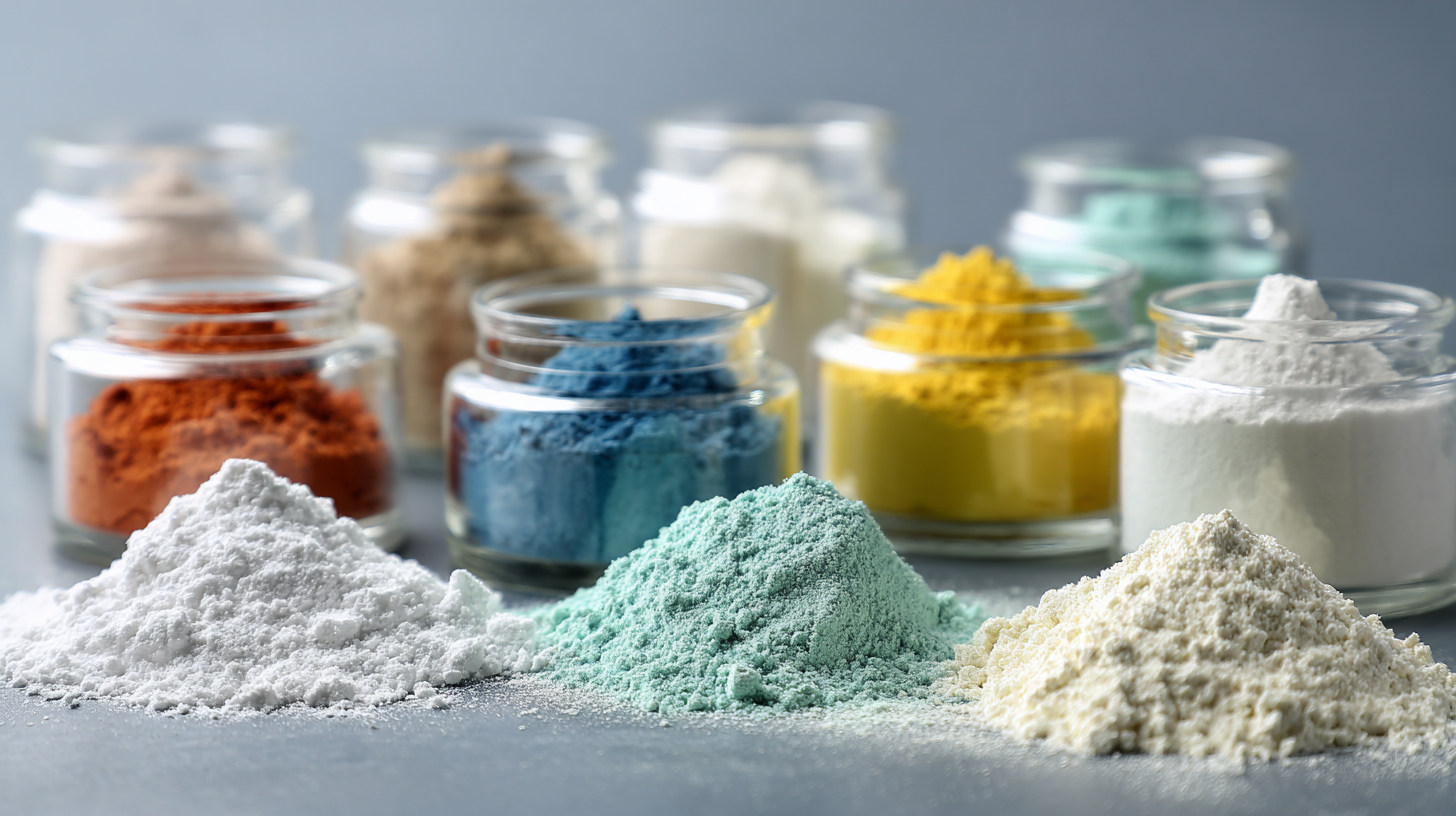
Factors Influencing Anionic Polyacrylamide Pricing: A Comprehensive Analysis
When you're looking at the price of anionic polyacrylamide flocculants, there are quite a few important things to keep in mind that can really influence what you end up paying. First off, the raw materials matter a lot. Using top-quality monomers and additives can push costs up a bit, which naturally shows in the final price. On top of that, where these materials come from can also make a difference—suppliers who offer sustainable and ethically sourced ingredients might charge a little more, but in return, you often get a better, more reliable product that does its job well across different applications.
Another thing to consider is how the product is made. Some manufacturers use advanced techniques that boost the effectiveness of the flocculant, but those tech upgrades can also make it pricier. Plus, larger companies often benefit from economies of scale—they produce in bigger quantities, which can lead to more competitive prices on a per-unit basis. Getting a good handle on these details is really helpful. It guides you to make smarter buying choices and helps ensure you’re choosing high-quality products that fit your specific industrial needs.
Ultimate Checklist for Evaluating Anionic Polyacrylamide Flocculant Pricing and Quality
| Factor | Impact on Pricing | Quality Indicators | Expected Price Range (per kg) |
|---|---|---|---|
| Molecular Weight | High molecular weight generally increases cost | Viscosity and solubility tests | $2.50 - $5.00 |
| Purity Level | Higher purity leads to higher prices | Chemical composition analysis | $3.00 - $6.00 |
| Application Type | Specialized applications may require premium pricing | Field performance metrics | $4.00 - $7.00 |
| Supplier Reputation | Established suppliers may charge more | Customer reviews and certifications | $3.50 - $8.00 |
| Quantity Purchased | Bulk purchases often lower per-unit cost | Batch consistency checks | $2.00 - $5.50 |
Key Quality Indicators for Anionic Polyacrylamide Flocculants
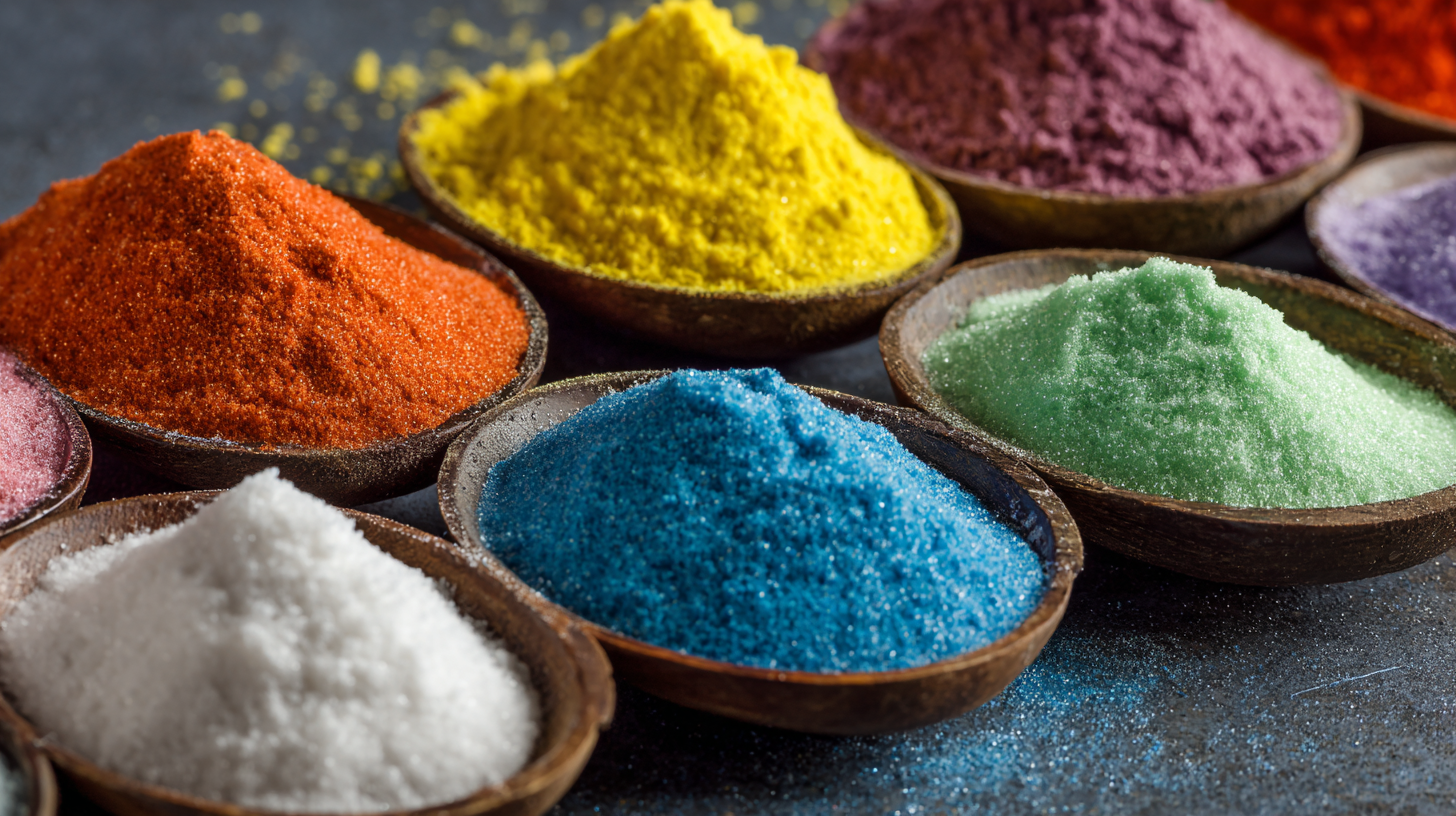 When you're looking into anionic polyacrylamide flocculants, it’s pretty important to really get a grasp on the key quality indicators — otherwise, you might end up making a guess that doesn’t work out. Things like molecular weight, charge density, and how much hydrolysis has occurred are major factors that affect how well these flocculants actually perform. For example, companies like Qingdao Oubo Chemical Co., Ltd., which has been around since 2011, focus on producing a variety of polyacrylamides—including anionic types—that cater to different industrial needs.
When you're looking into anionic polyacrylamide flocculants, it’s pretty important to really get a grasp on the key quality indicators — otherwise, you might end up making a guess that doesn’t work out. Things like molecular weight, charge density, and how much hydrolysis has occurred are major factors that affect how well these flocculants actually perform. For example, companies like Qingdao Oubo Chemical Co., Ltd., which has been around since 2011, focus on producing a variety of polyacrylamides—including anionic types—that cater to different industrial needs.
Here's a little tip: always ask your suppliers for detailed technical data sheets. Comparing things like molecular weight and charge density can really make a difference in how effective the flocculant will be in your specific setup.
And don’t forget about purity — it’s another biggie. Impurities can mess with how well the product works and might cause some operational hiccups. Checking for proper certifications and doing your own quick quality tests can really give you peace of mind that you’re getting a top-notch product.
One more thing: don’t be shy about requesting samples from potential suppliers. Testing a small batch in your actual application before committing to a big purchase can save you time, money, and a lot of headaches down the line.
Common Problems in Anionic Polyacrylamide Quality Assessment
When it comes to evaluating the quality of anionic polyacrylamide (APAM), especially in fields like water treatment, mining, or oil recovery, it’s super important to get it right. One common headache for both manufacturers and users? Impurities in the product. These unwanted stuff can really mess with how well the polymer works. For instance, a recent industry report mentioned that impurities like leftover acrylamide and unreacted monomers can make up as much as 0.1% of a low-grade APAM. Yeah, that doesn’t sound like much, but even tiny amounts can throw off the flocculation process, leading to poor clarity when treating wastewater.
Another big factor is the molecular weight of the polymer—trust me, it matters a lot. During quality checks, it’s not unusual to find some suppliers claiming their products have a certain molecular weight, but reality can be quite different. A comparison showed top-tier brands usually offer polymers with molecular weights ranging from 5 to 20 million Da, whereas some lower-quality options start as low as 1 million Da. That’s a pretty major gap and can really affect how effective the product is in real-world applications. For industries that depend on precise formulations, these discrepancies can cause big headaches. So, making sure you’ve got strict quality control and thorough testing in place is totally key to keeping APAM reliable and effective.
Evaluating Supplier Reputation and Customer Feedback
When you're looking into anionic polyacrylamide flocculants, it’s pretty important to get a sense of the supplier’s reputation and what other people are saying about them. A good reputation usually means they’re serious about quality and customer service, so do your homework and check out different suppliers thoroughly. Try to find companies that have been around for a while and that have a track record with similar products—experience matters, right? Also, don’t be shy about jumping into industry forums or attending trade shows; those places can give you some real honest insights from folks who’ve already been there, done that.
Here’s a little tip: take a look at online reviews and ratings on sites that focus on chemical suppliers. Pay attention to what people are saying about how their products perform and how the company's customer service handles issues. You want a supplier that responds quickly when problems pop up and has generally positive feedback about their reliability.
And honestly, it’s also a good idea to ask the supplier for references. A quick chat with current or past customers can tell you a lot—about product quality, delivery times, and whether the flocculant actually works as promised.
Another tip? Think about setting up a few criteria to evaluate what you find. Maybe focus on how effective the product is, how the pricing stacks up, and how responsive the customer service is. Having a bit of a checklist can help you cut through the noise and zero in on what really matters.
All in all, doing a bit of research and talking to real people can save you headaches later and ensure you’re making a smarter choice.
Ultimate Checklist for Evaluating Anionic Polyacrylamide Flocculant Pricing and Quality
Cost-Effectiveness: Balancing Price and Quality in Flocculants
When you're picking out anionic polyacrylamide flocculants, it’s really important to find that
sweet spot between cost and quality. Plenty of industries depend on these flocculants to help with
sedimentation and water clarification, but understanding how to judge their performance can make a big difference when it comes
to overall costs and how well things run. Honestly, giving careful thought to the quality of the product is just as key as the
price tag. Sure, cheaper options might look good on the budget upfront, but they often don’t perform as well, which could end
up costing you more in the long run due to inefficiencies and extra expenses.
If you're after the best bang for your buck, focus on finding flocculants that hit your performance needs
without breaking the bank. That means looking into how well they work in different water treatment situations, checking out test
results and certifications, and maybe even chatting with others in the industry to see what they’ve experienced. Taking this
kind of all-around approach helps steer clear of low-quality products and puts you in a good position to choose ones that
actually improve your process. Plus, as the market keeps changing and new tech pops up, staying in the loop about industry
standards and innovations can really boost your confidence in making smart, balanced choices between quality and price.
Understanding Market Trends Impacting Anionic Polyacrylamide Prices
Getting a good grasp of the market trends that are impacting the pricing of Anionic Polyacrylamide (or APAM, if you want to sound a bit more casual) is pretty important for businesses trying to stay ahead when it comes to procurement. For example, a recent report from Grand View Research pointed out that in 2022, the global APAM market was valued somewhere around $1.26 billion. And guess what? The industry’s expected to grow by about 5.3% annually from 2023 all the way through 2030. Most of this growth comes from industries like water treatment, papermaking, and oil & gas—mainly because they’re loving APAM for its excellent flocculation properties.
On the flip side, one of the big factors that mess with prices is the cost of raw materials—especially acrylamide, which, by the way, is made from petroleum. The European Chemical Industry Report pointed out that when supply chains get disrupted or crude oil prices jump around, production costs for polymers like APAM shoot up. Plus, environmental rules are playing a role too—manufacturers now have to invest in cleaner, greener tech, which can also influence how much these products cost. So, if you’re in the game of buying APAM, it really pays to keep an eye on these trends. Being in the know helps you make smarter decisions that match up with how the market’s moving.”
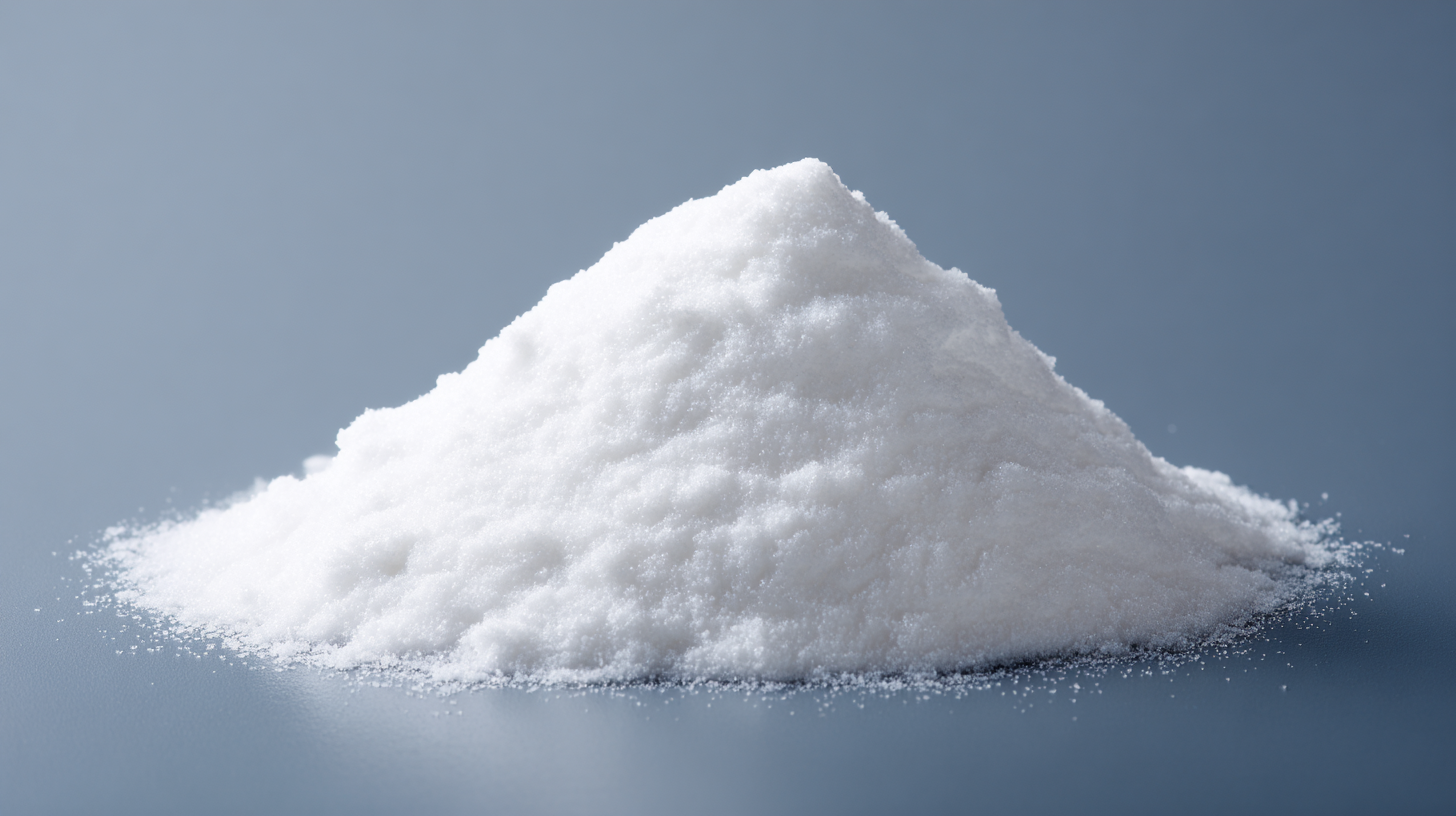
Unlocking the Potential of Anionic Polyacrylamide: Applications, Benefits, and Best Practices in Modern Industries
Anionic Polyacrylamide (APAM) has emerged as a vital component across various modern industries, thanks to its versatile applications and numerous benefits. As a water-soluble polymer, APAM is characterized by its ability to form a gelatinous substance in water, making it particularly effective in diverse solutions while remaining insoluble in most organic solvents. This distinct property allows it to function as an excellent flocculant, facilitate sedimentation, and aid in the clarification of liquids, particularly in mining and wastewater treatment sectors.
One of the most significant advantages of Anionic Polyacrylamide is its strong flocculation performance in neutral and alkaline conditions. This characteristic is essential for industries looking to optimize their operational efficiency, as it significantly reduces the frictional resistance between liquids, enhancing fluid dynamics in processes such as mineral processing and sludge dewatering. By efficiently aggregating suspended particles, APAM not only streamlines operations but also contributes to environmental sustainability by minimizing waste and enabling water reuse.
As industries continue to evolve, adopting best practices in utilizing Anionic Polyacrylamide will be crucial. Implementing proper dosage and understanding the specific conditions of individual applications can maximize its effectiveness, leading to improved productivity and reduced environmental impact. With ongoing advancements in polymer technology, the potential applications of APAM are expanding, making it an indispensable tool for modern industries looking to enhance their performance and achieve sustainable growth.
FAQS
: A strong supplier reputation indicates a commitment to quality and service, which can lead to more informed purchasing decisions and better product performance.
Research potential suppliers extensively, check online reviews and ratings, engage in industry forums and trade shows, and ask for references from the supplier.
Pay attention to comments about product performance, customer service, delivery times, accuracy of product specifications, and overall effectiveness of the flocculant.
Balance price and quality by assessing flocculant performance in different scenarios, analyzing test results and certifications, and comparing feedback from other users.
Consider criteria such as product effectiveness, cost comparisons, and customer service responsiveness to help filter relevant information.
Lower-cost options may lead to operational inefficiencies and higher overall expenses due to potential shortcomings in performance.
Conduct thorough assessments of flocculant quality and seek feedback from industry users to avoid purchasing inferior products.
Staying informed allows buyers to adapt to technological advancements and make more confident decisions that prioritize both quality and affordability.
Conclusion
In today’s competitive market, figuring out the price of anionic polyacrylamide flocculants isn’t just about looking at the sticker price. You really need to get a good grip on all the factors that can influence both the cost and quality. For instance, it’s important to dig into details like the molecule’s weight and charge density — those little things matter a lot. But here's the thing: assessing quality isn’t always straightforward. Sometimes, you get conflicting info, so it’s smart to check out the supplier’s reputation and read customer reviews. That way, you’re more likely to make a reliable choice.
Of course, balancing cost and quality is everything — especially since market trends can shift pretty quickly, impacting prices all the time. Take Qingdao Oubo Chemical Co., Ltd., for example — they’ve been around since 2011 and really focus on delivering top-notch anionic polyacrylamide for all kinds of industrial uses. If you follow this simple yet effective checklist, you’ll be better equipped to navigate the tricky world of flocculant pricing and quality without pulling your hair out.
Related Posts
-

How to Maximize After Sales Support and Minimize Maintenance Costs for Best Apam Anionic Polyacrylamide
-
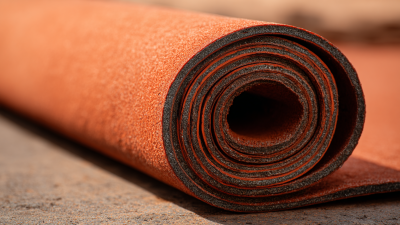
Exploring How Water Blocking Agents Enhance Durability and Longevity in Construction Applications
-
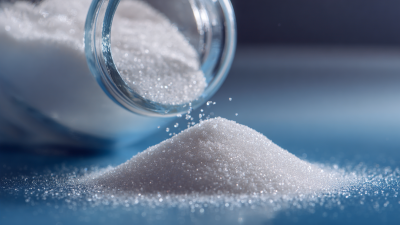
Essential Criteria for Selecting Quality Manufacturers of Best Water Treatment Polyacrylamide
-

Top Strategies for Boosting Your Christmas Decoration Snow Sales This Holiday Season
-

Market Trends and Forecast for Best Polyacrylamide Emulsion by 2025
-

The Ultimate Checklist for Selecting the Right Mixed Polyacrylamide for Your Business Needs
Blog Tags:

Ava
-

Phone
-

E-mail
-

Whatsapp
-

WeChat
Jessy Lin
Paul Zhou:8613356391894 Eric Wong:8615963245439Emily Wu:8617866856171
-

WeChat
Paul Zhou

-

WeChat
Eric Wong

-

WeChat
Emily Wu


